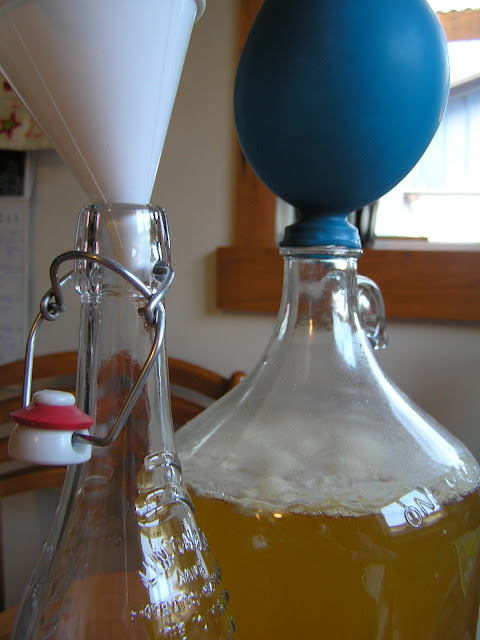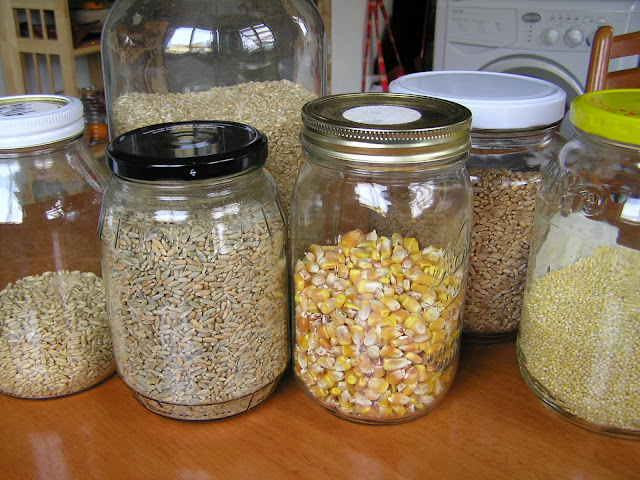How To Make Sprouted Sunflower Seed Dip
This is a staple food around here. My son loves to scoop tortilla chips in it, and I often use it to fill nori rolls, in stuffed peppers, or just as a dip for veggies. This is what, for me, turns a bunch of raw vegetables into a meal. It also makes a great sandwich spread. It takes about 4 to 6 hours to soak the sunflower seeds, which can be rinsed and used right away, or sprouted for a day or two. The soaking helps make them more digestible, and sprouting contributes to their nutritional profile. The recipe is quick to make once your sunflower seeds are ready.
1 1/2 c raw sunflower seeds, soaked, rinsed, and sprouted if desired
1/2 c fresh lemon juice
2 tb tamari or liquid aminos
2 small cloves garlic, thinly sliced, minced, or pressed
1/4 t sea salt
Process all ingredients together until fairly smooth. Scrape down the sides of the food processor a couple of times to incorporate all the seeds and garlic.
It will keep for about 2 weeks in the fridge.
Use as dip, sandwich spread, stuffed peppers, or in nori rolls. It's versatile, filling, easy to make, and delicious. Definitely one of my favorite recipes!
1 1/2 c raw sunflower seeds, soaked, rinsed, and sprouted if desired
1/2 c fresh lemon juice
2 tb tamari or liquid aminos
2 small cloves garlic, thinly sliced, minced, or pressed
1/4 t sea salt
Process all ingredients together until fairly smooth. Scrape down the sides of the food processor a couple of times to incorporate all the seeds and garlic.
It will keep for about 2 weeks in the fridge.
Use as dip, sandwich spread, stuffed peppers, or in nori rolls. It's versatile, filling, easy to make, and delicious. Definitely one of my favorite recipes!
 |
| With sprouted lentils in a nori sheet Below are Amazon Affiliate Ads. Any purchase made through them helps support our family. Thanks in advance! |








































